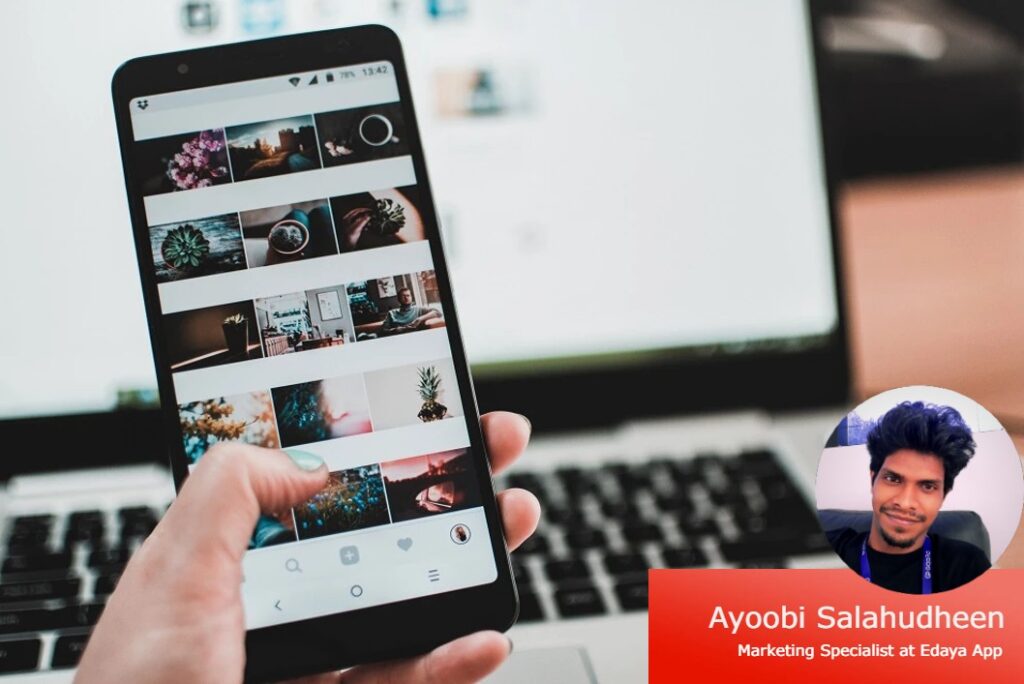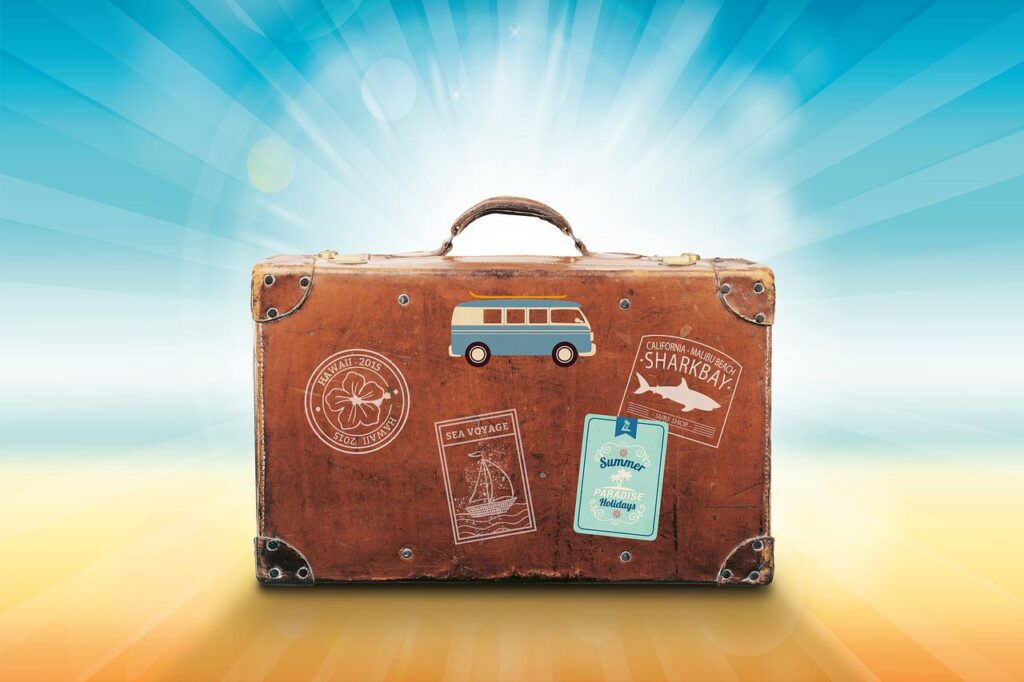A developing area of the hospitality sector is virtual tourism, which uses technology to offer potential customers, clients, and tourists a distinctive and immersive experience. Businesses in the hospitality sector, ranging from restaurants to resorts, employ virtual marketing to promote their brands, spur consumer development, and enhance operational processes. Many hoteliers are adopting hotel virtual tours to communicate with potential customers in order to keep up with all the trends during this period of digital transformation.
What are virtual tours of hotels?
In order to imitate and support an on-property visit remotely, restaurants, hotels, retail stores, and other businesses use an exciting form of experiential marketing called a virtual tour. With the help of hotel virtual tours, guests, travel agents, event planners, engaged couples, and a wide range of other consumers can virtually see resorts, vacation homes, branded properties, and other places to stay.
Remote guests and prospective clients can tour the hotel as a guest and take advantage of all its amenities, including:
- Hotel features
- key attributes
- the check-in lobby
- area of a restaurant and dining
fitness centres - pool, spa, or comparable hotel amenities
- On-site market/vending
- Event and meeting space
- Outside areas
Virtual tours of the hotel allow potential customers to “try before they buy.” Without being weighed down by wordy explanations or unnecessary material, consumers may view the property aspects that are most important to them, tour the hotel, and decide whether or not to make a reservation.
How are virtual tours of hotels made?
There are several ways to make virtual tours, one of which involves assembling a collection of still photos or movies to produce a simulated virtual replica of an actual area. To give viewers a compelling, interactive experience, the photographs and videos may be blended with narration, sound effects, text, music, and other multimedia components.
The majority of these virtual tours are produced in the first person and offer a 360-degree view, allowing visitors to observe the hotel from all directions. The virtual tour gives visitors the impression that they are inside the hotel. They can see exactly what it would be like to stay at your hotel thanks to the immersive eye-level perspective.
How might virtual tours help hotels?
1. Boost your marketing
Give visitors and event organisers the chance to picture what a stay or event at your hotel would be like in practise. By providing both travellers and travel planners with an unparalleled experience of your location, hotel virtual tours generate high-value leads.
2. Increase sales
Hotel virtual tours are used by sales and marketing teams to maintain and increase market share as well as target specific market segments. Virtual tours of hotels are a fantastic marketing tool for attracting millennial and Gen Z tourists. Customers between the ages of 18 and 34 are 130% more likely to make a reservation at a hotel that offers a virtual tour, according to Reimagine Main Street, an online advertising and digital marketing management organisation.
3. Conduct superior events
Directors of sales and revenue can achieve their revenue goals by properly executing meetings and events. By living up to the standards set by the virtual tour, hotels can also gain the trust and loyalty of travel agencies and planners. The event was executed just as the event planner had envisioned it, with all of the hotel’s features, amenities, and services present on-site.
Through skillfully conducted and immersive virtual tours, hotels may draw visitors, tour operators, and other clients to their site. Hotels have the chance to secure repeat business by exceeding the high standards established in the virtual simulation.

